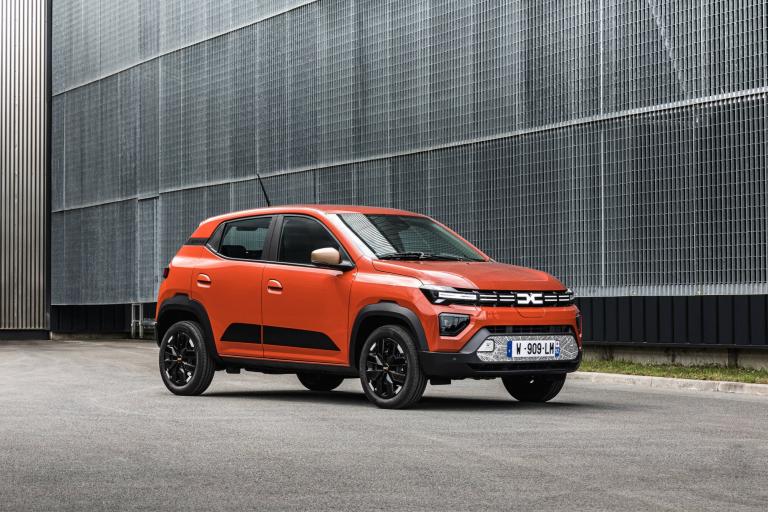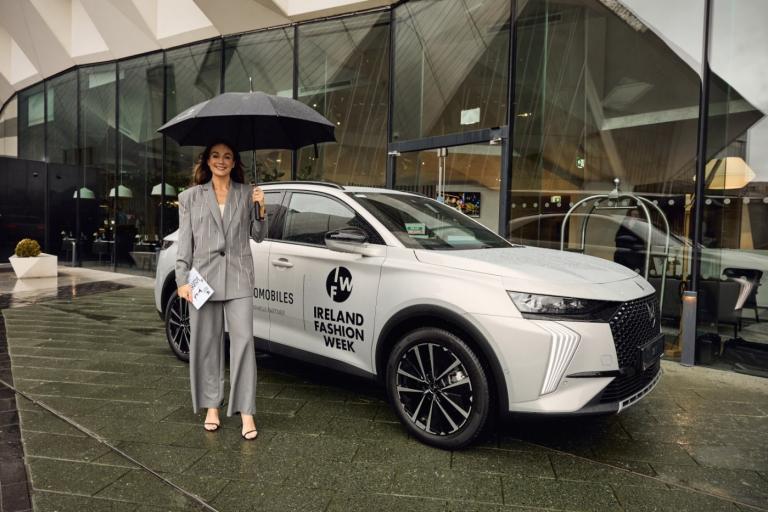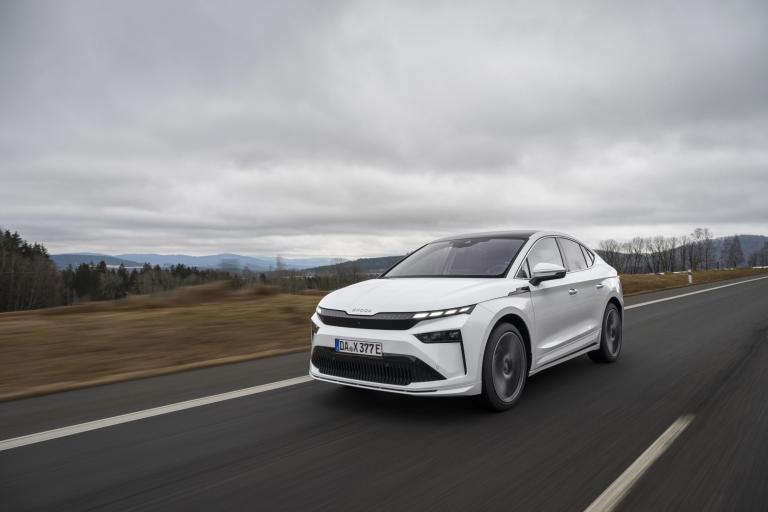Renault Grand Scenic | Video Review | CarsIreland.ie
Published on 1 June, 2017
Renault appear to have done the unthinkable here and created a desirable people carrier
Overview
Overview
The MPV segment isn’t the coolest one in the world but Renault have made a pretty good attempt at changing that with their all new Scenic and Grand Scenic.
With its standard 20 inch wheels and eye-catching design – it's the perfect blend of practicality and Mammy/Daddy-cool for those who haven't yet abandoned this segment for an SUV.
We had the larger Grand Scenic on test which for a premium of €2,400 adds an extra pair of seats in the back. Spacewise, they are typical of an 'extra row' in that they are better suited to kids than adults, and occasional rather than full time use. The cabin is spacious and airy, and feels even more so thanks to the large square windows and raised seating positions.
With the rear most seats up you’ve still got a bit of a boot at 233 litres, and on the occasions that you don’t need to use them, that grows to nearly 600 litres. Thanks to a new electronic folding mechanism, that can all be controlled rather impressively at the touch of a button.
Or, the even lighter touch of a touchscreen, and you can also do it from the driver seat via the R-Link infotainment system.
An impressive looking 8.7 inch portrait screen is standard on the Dynamique S-NAV trim. This is the one you'll want to go for because it comes with some other classy touches like a panoramic glass sunroof, a head-up colour display and, always welcome in a car this size, parking sensors and a reversing camera.
Other nice features include a sliding centre armrest which houses another 13 litres of space for stashing bits and bobs or hiding valuables, and a vast array of cupholders.
Standard equipment is still pretty decent though and even entry models will get those massive twenty inch wheels, and a smaller touchscreen.
Safety is obviously of vital importance in this market – and both the Scenic and Grand Scenic got the full 5 star NCAP rating.
And it doesn’t just offer protection in a crash – it’s got active safety features to help prevent one in the first place with things like Active Emergency Braking System (AEBS) with pedestrian detection, lane departure warning, automatic high beam adjustment, traffic sign recognition and a speed limiter.
It’s based on the same platform as the Megane and the Kadjar, and the engine line up is pretty similar too. There’s a 1.2 litre petrol, or if it’s diesel you’re after – a 1.5 or 1.6l DCI, both of which are available in automatic.
Ours was the 1.6l model with 130hp, which offers an impressive claimed fuel economy of 4.5l per 100km, and low carbon emissions of just 119g/km help improve those running costs even further with an annual motortax bill of just €200.
As for ride quality – despite the larger wheels, and the size, it manages to feel quite composed on the road and the suspension does a nice job of ironing out any rough surfaces, without crossing that thin line into bouncy.
The steering is a bit vague and its sheer bulk mean it's not exactly what you'd call fun, but then these things rarely are. Instead it provides what most people really want from this type of car, which is a comfortable, safe drive. And at least this one does it in a bit of style.
This can still be a bit of a hairy area for Renault in terms of peoples perception, perhaps unfairly as the brand has come on in leaps and bounds in terms of build quality over the last number of years. This is something they are willing to back with an impressive five year warranty.
Residual values won't ever be as strong as its German counterparts, but these cars tend to be something buy to drive and grow their families in rather than upgrade every few years. What will be more of a challenge is how it's going to stack up against taller alternatives in today's SUV-mad market.
Facts & Figures
Car Tested:
Dynamique S Nav dCi 130Car Tested Price:
€35,475Starting Price
€30,495Fuel Economy
4.6l/100km0 -100 Kms
11.4sPower
130hpEmissions
119 g/kmTax
€200Seats
7Isofix
2 pointsBootspace
255 - 596lNCAP safety rating
5/5Latest Reviews

Dacia Spring: Ireland’s Best Value EV Just Got Even Cheaper

DS Automobiles Named Official Vehicle Partner for Ireland Fashion Week

Škoda Enyaq Updated for 2025 with More Range, Style, and Tech